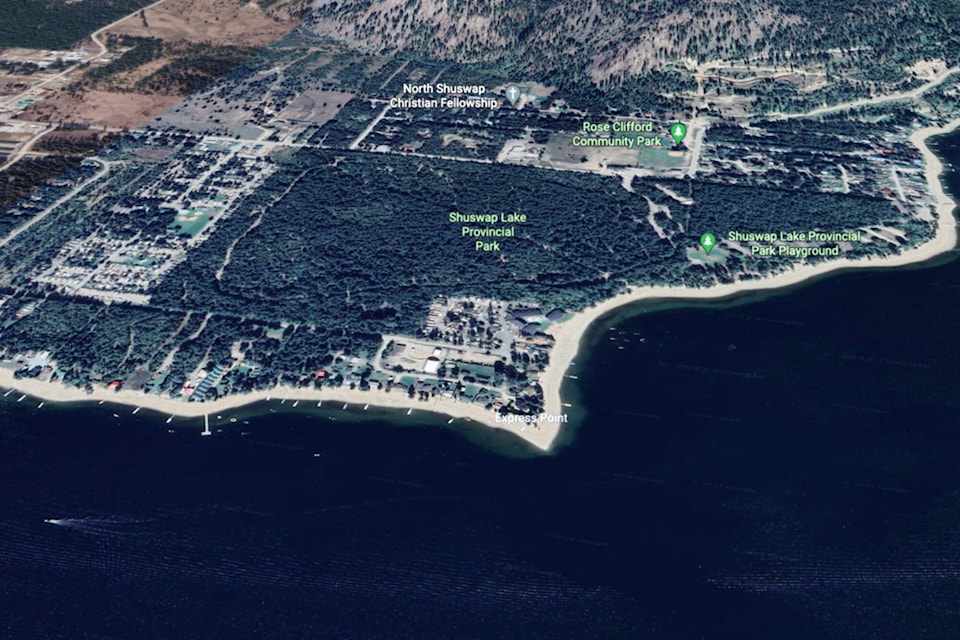As in the region’s municipalities, rural Shuswap communities are also struggling with a growing population and a lack of affordable housing and rental options.
These were key findings of several housing needs assessment reports recently completed for the Columbia Shuswap Regional District (CSRD).
Required by the B.C. government and funded by a $45,000 grant from the Union of B.C. Municipalities, the reports were completed by Urbanics Consultants for electoral areas D (Falkland, Deep Creek and Salmon Valley), F (North Shuswap) and B (Rural Revelstoke). Summarizing their findings in a media release, the CSRD noted while each of the areas had some unique issues and opportunities, “there is a widespread challenge with a lack of available housing, especially for seniors, and limited types of residential accommodation.”
Urbanics found that unlike much of the CSRD, Electoral Area D is less tied to the tourist economy and has a much higher proportion of dwellings occupied full time.
“Area D, while suffering from increased costs of shelter, particular for parts of the population, does not seem to have the most acute housing crisis,” reads the report. “Nonetheless, indications are that the pandemic has increased the relative attractiveness of small-town and rural living, causing a notable increase in residential demand in the area.
“As well, the consultants have found that Area D is running against the limitations of the single-family dwelling as a form, with its extensive land costs,” the report continues. “Serviced land is in scarce supply in the region, leading to limited availability of development lots less than one hectare, and rental accommodation is scarce.”
The CSRD highlighted other findings for Area D including:
• An increasing percentage of seniors;
• Most workers commuting outside of the electoral area for work;
• Lower average incomes than the CSRD or provincial average;
• A low number of unoccupied dwellings or those used for temporary occupancy;
• A high rate of home ownership;
• Lack of low cost and long-term rental housing;
• Growing need for affordable and seniors housing;
• Higher percentage of older dwellings and those requiring major repairs.
The report for Electoral Area F describes the North Shuswap as an attractive vacation destination where there are more dwellings than residents. This, according to the report, leads to a predominant scenario of fluctuating availability of temporary housing, and the highly seasonal nature of the local economy makes it challenging for employers, renters and would-be residents.
“The Consultants have found that residents face difficulties with affordability of the existing dwelling stock due to the cost of real estate and of rents,” reads the report.
As with Area D, Urbanics found Area F is “running against the limitations of the single-family dwelling as a form, with its extensive land costs,” while serviced land is scarce, “leading to limited availability of development lots less than one hectare, and rental accommodation is scarce.”
Other findings, highlighted by the CSRD, include:
• A sharp (30 per cent) increase in population between 2016 and 2021, along with a significant increase in full-time residency of secondary homes;
• Very limited housing for seasonal residents and workers,
• A significant number of dwellings that are vacant or occupied by temporary residents;
• A limited supply of low income and small-unit housing;
• High levels of residents commuting out of the North Shuswap for work;
• A lack of seniors housing to allow for aging-in-place;
• Home construction and home values have risen dramatically in the last year;
• A high level of home ownership.
According to the CSRD, information from these reports will be used to help guide both short-term and long-term housing strategies. This could include changes regarding secondary suites, lot sizes and density or building setbacks. Efforts will also be directed towards educational and promotional opportunities for the housing industry to help improve shortfalls.
Also, data and housing projections from the reports will be incorporated into any new or significantly amended official community plans. A housing workshop is also being planned for the CSRD board in 2022.
Other longer-term measures with budget implications will need to be considered as part of future CSRD budget and staff work plans.
For more information, visit csrd.bc.ca.
Read more: CSRD to assess rural Sicamous, South Shuswap housing needs
Read more: Shuswap housing too expensive? Neighbourhood crime a concern? Input wanted
lachlan@saobserver.net
Like us on Facebook and follow us on Twitter
Sign up for our newsletter to get Salmon Arm stories in your inbox every morning.
